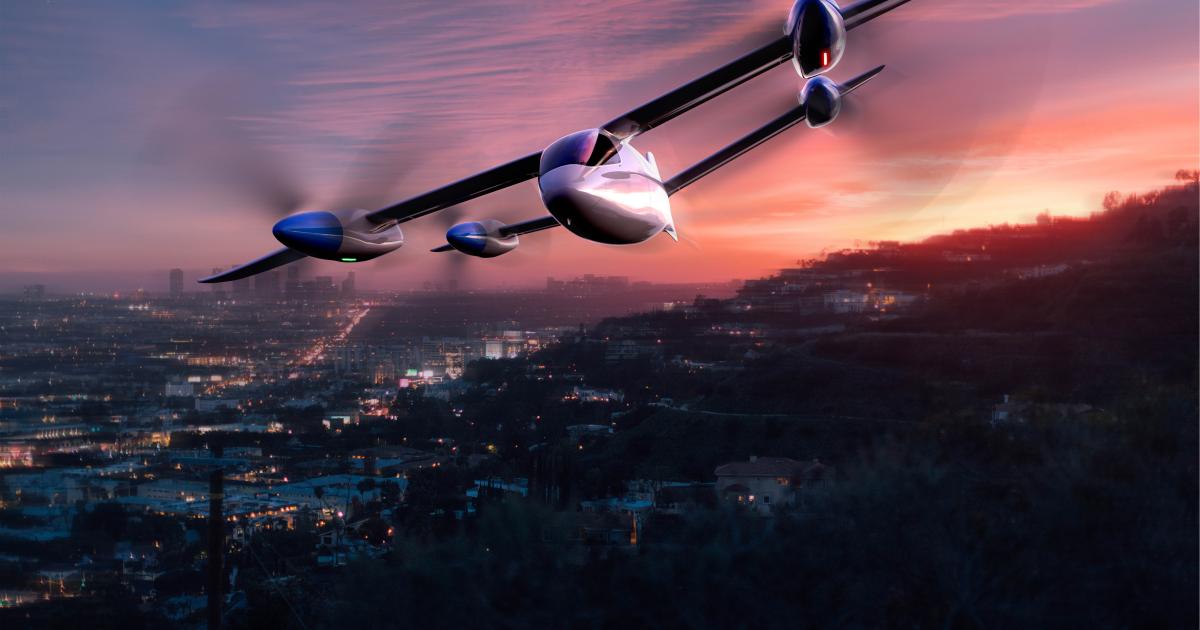Hanwha Boosts Backing for Overair's Butterfly eVTOL Aircraft with $145 Million Investment
The South Korean company was an early investor in California-based Overair and is also providing motors and batteries for the six-seat eVTOL aircraft through its aerospace division.

